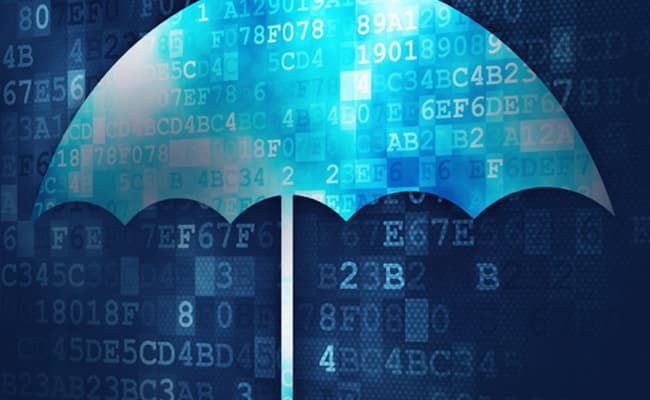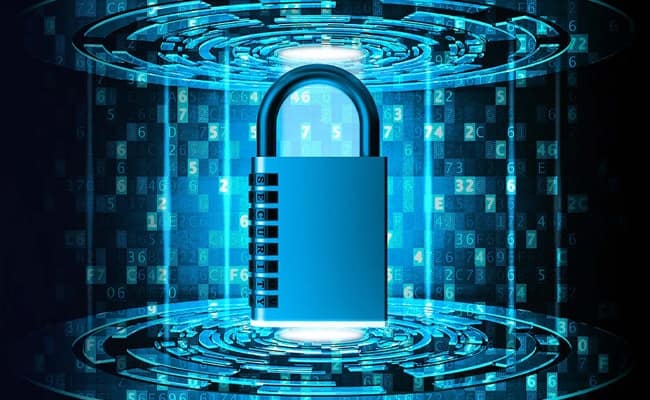Security Information and Event Management (SIEM)
The Need for SIEM
When the software identifies activity that could signify a threat to the organization, alerts are generated to indicate a potential security issue. These alerts can be set as either low or high priority using a set of predefined rules. For example, if a user account generates 20 failed login attempts in 20 minutes, this could be flagged as suspicious activity, but set at a lower priority as it is most likely to be a user that has forgotten their login details. However, if an account experiences 120 failed login attempts in 5 minutes this is more likely to be a brute-force attack in progress and flagged as a high severity incident.
Benefits of SIEM
Increased efficiency
Early threat detection
Enhanced visibility
Hackers take advantage of these dark places in your network to bypass the cybersecurity and establish a foothold in your network. SIEM uncovers and draws information from previously hidden spaces on the network, preventing hackers from concealing their malicious activities from view.
Data presentation
Data normalization and data storage

Chat with a Syndrome expert for a 30-minute strategy session at no cost
Discover the full value of your business and technology potential with a Syndrome expert consultation at no cost.
Why Syndrome for Security?
Our expertise
Syndrome’s security portfolio delivers greater protection for your network against an increasingly evolving and complex set of threats. Our engineers lay a foundation for security that is both agile and integrated. From your data center, branch offices, cloud environments, and everywhere in between, Syndrome gives you robust protection against even the most sophisticated threats without compromising on performance when inspecting encrypted traffic.
Define security needs
Before proposing or installing any solution, the team at Syndrome, first helps you define the level of IT network security necessary for your organization. In conjunction with your key executives, we assess any existing solutions, identify sensitive areas that need more protection and determine all points of access that need to be secured.
Planning
Once the assessment is complete, you’ll have a clearer picture of your exact security needs. We plan with your key executives on important aspects like whether to replace or upgrade vulnerable components, integrate new software or improve network access permissions.
Priorities and budgets
It is likely that there won’t be one solution to meet all your needs, hence we help you prioritize the list in terms of critical and non-critical, and include budgetary constraints. A well-thought out and detailed specification will pave the way to finalizing an implementation plan that meets your business’s needs.
Constant monitoring
Despite the best network security system you will have malicious attackers constantly probing your network for weak points. Our engineers constantly review your audit logs to find relevant information on potential threats. They tweak your security settings based on the audit log and respond before any breach occurs.
Security focused culture
We, at Syndrome, take your network security very seriously. We ensure your employees are updated on basic security measures, even if they’re not in the IT department. This includes identifying and reporting suspected phishing attempts and social engineering attacks. We hold regular training sessions on common network vulnerabilities and how to prevent them. We even help you create fake network attacks to gauge your employees’ level of preparedness.
Related Services



